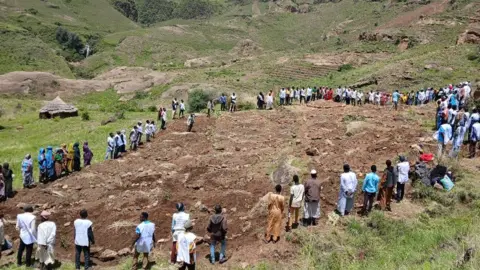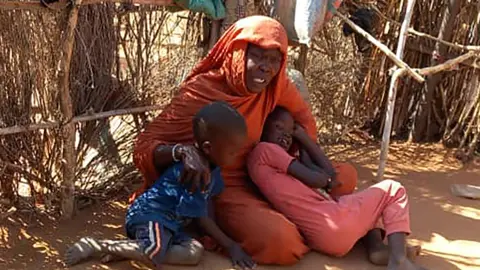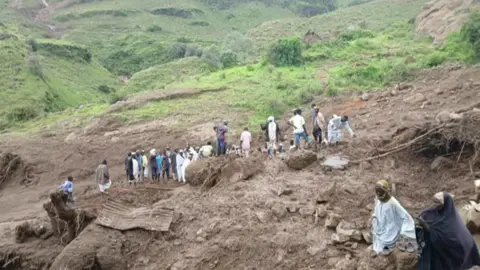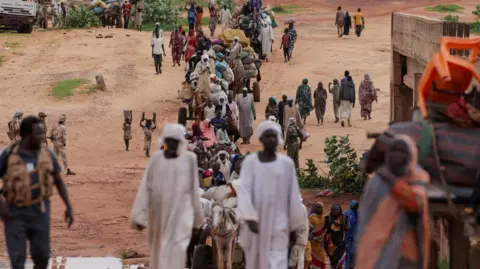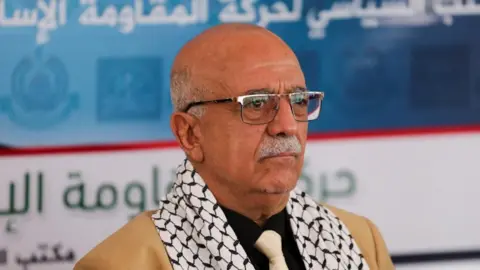In the early hours of April 28, the sound of warplanes grew louder, but for Fanta Ali Ahmed, it was an all too familiar terror. As one of over 100 Ethiopian migrants crammed inside a flimsy detention facility in Yemen, he had already fled the conflict in Tigray, only to find himself trapped by circumstances beyond his control. The facility, located in Saada—an area marked by chaos and conflict—was struck by U.S.-manufactured bombs, leading to horrific scenes of devastation.
Amid the rubble and chaos, Ahmed escaped with severe injuries, including two broken legs and a fractured arm. He recalls the moment the bombs struck, saying, “The place and everyone in it were mangled.” In the days following the attack, he came to the horrifying realization that he was among the fortunate ones, as ten others lost their lives in the assault.
Ahmed’s ordeal highlights a growing humanitarian crisis for Ethiopian migrants seeking refuge in Saudi Arabia after fleeing the violent civil war at home. The U.N. reported that in 2024 alone, more than 60,000 migrants took perilous journeys to Yemen from the Horn of Africa, often facing undue hardships, including detention and violence.
Survivors are left grappling with unanswered questions about the motives behind the bombing. “I don’t know why America bombed us,” Ahmed pondered, reflecting the uncertainty and fear that lingers among those displaced by war, torn between a desperate quest for safety and the chaos of armed conflict. As attention shifts towards these significant casualties, the implications of international actions on innocent lives continue to garner scrutiny.
Amid the rubble and chaos, Ahmed escaped with severe injuries, including two broken legs and a fractured arm. He recalls the moment the bombs struck, saying, “The place and everyone in it were mangled.” In the days following the attack, he came to the horrifying realization that he was among the fortunate ones, as ten others lost their lives in the assault.
Ahmed’s ordeal highlights a growing humanitarian crisis for Ethiopian migrants seeking refuge in Saudi Arabia after fleeing the violent civil war at home. The U.N. reported that in 2024 alone, more than 60,000 migrants took perilous journeys to Yemen from the Horn of Africa, often facing undue hardships, including detention and violence.
Survivors are left grappling with unanswered questions about the motives behind the bombing. “I don’t know why America bombed us,” Ahmed pondered, reflecting the uncertainty and fear that lingers among those displaced by war, torn between a desperate quest for safety and the chaos of armed conflict. As attention shifts towards these significant casualties, the implications of international actions on innocent lives continue to garner scrutiny.









